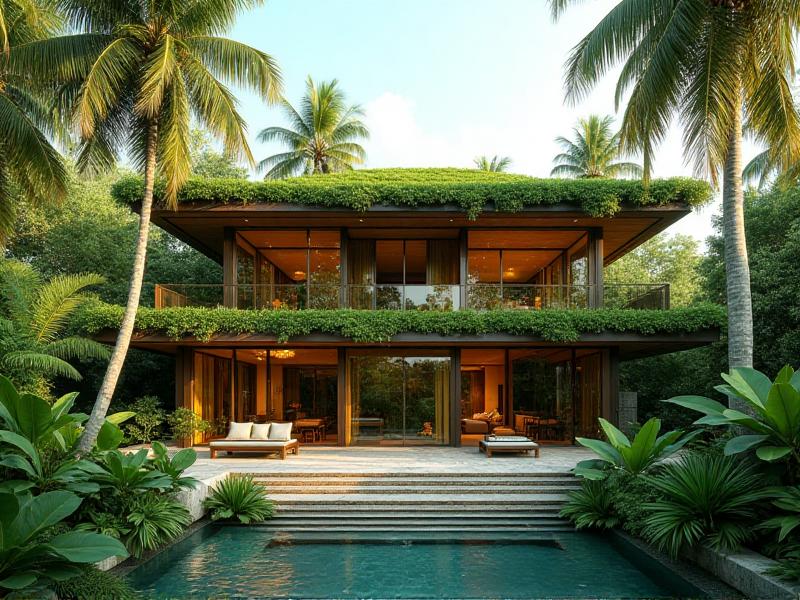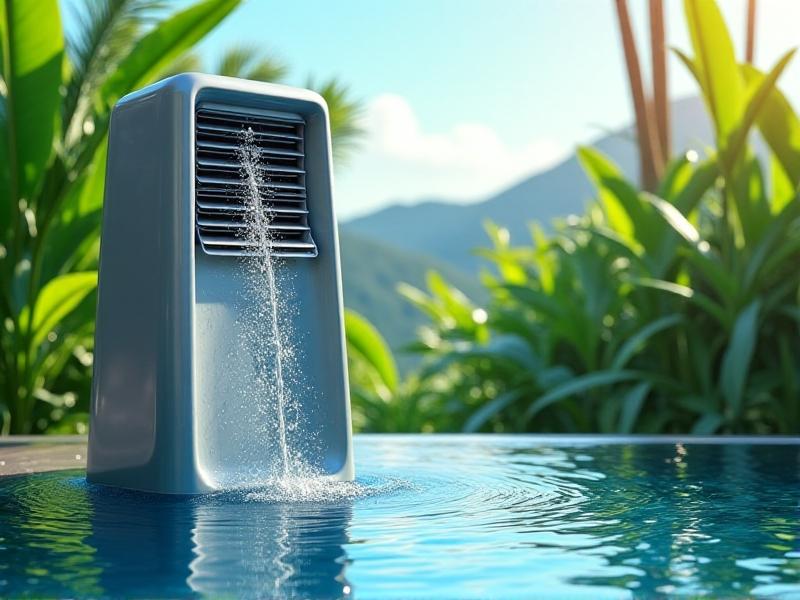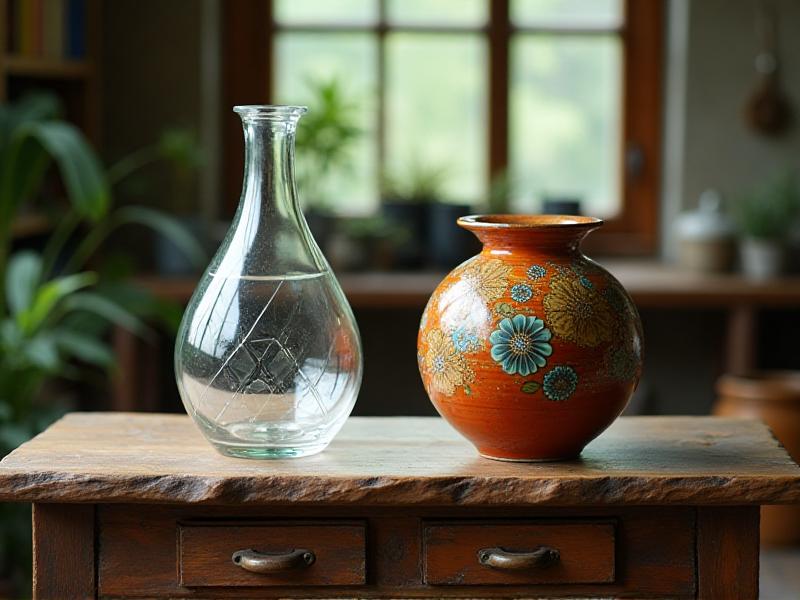Temperature Control in Tropical Climates
Understanding the Challenges of Temperature Control in Tropical Climates
Temperature control in tropical climates presents unique challenges due to the consistently high temperatures and humidity levels. Unlike temperate regions where temperatures fluctuate significantly between seasons, tropical areas experience minimal variation, often maintaining highs of 30°C (86°F) or more year-round. This constant heat, combined with humidity levels that can exceed 80%, creates an environment where cooling systems must work harder and more efficiently to maintain comfort.
One of the primary challenges is the energy consumption required to cool indoor spaces. Air conditioning units in tropical climates often run continuously, leading to higher electricity bills and increased wear and tear on the equipment. Additionally, the high humidity levels can make it feel even hotter than the actual temperature, a phenomenon known as the "heat index." This means that simply lowering the temperature isn't enough; dehumidification is also crucial for creating a comfortable indoor environment.
Another issue is the design of buildings in tropical regions. Many structures are built with materials that absorb and retain heat, such as concrete and metal, which can exacerbate the problem. Poor insulation and inadequate ventilation further compound the issue, making it difficult to maintain a stable indoor temperature. Addressing these challenges requires a combination of advanced technology, thoughtful design, and sustainable practices.

The Role of Architecture in Temperature Regulation
Architecture plays a pivotal role in temperature regulation in tropical climates. Traditional building designs in these regions often incorporate features that naturally mitigate heat and humidity. For example, high ceilings and large windows promote airflow, while shaded verandas and overhangs protect interiors from direct sunlight. These design elements, rooted in centuries of experience, provide valuable lessons for modern construction.
Modern architecture in tropical climates has evolved to include innovative materials and techniques that enhance temperature control. Insulated concrete forms (ICFs), for instance, offer superior thermal performance compared to traditional concrete. Similarly, reflective roofing materials can significantly reduce heat absorption, keeping buildings cooler. Green roofs and walls, which involve planting vegetation on building surfaces, not only provide insulation but also improve air quality and reduce the urban heat island effect.
Passive cooling strategies are another essential aspect of architectural design in tropical climates. These strategies rely on natural processes, such as convection and evaporation, to cool buildings without the need for mechanical systems. Cross-ventilation, for example, uses strategically placed windows and vents to create a breeze that circulates air throughout a space. Similarly, water features like fountains and ponds can cool the surrounding air through evaporation. By integrating these passive cooling techniques, architects can create buildings that are both comfortable and energy-efficient.

Innovative Cooling Technologies for Tropical Climates
Advancements in cooling technologies have revolutionized temperature control in tropical climates. Traditional air conditioning systems, while effective, are often energy-intensive and environmentally harmful. In response, researchers and engineers have developed innovative solutions that prioritize efficiency and sustainability. One such technology is the evaporative cooler, which uses water evaporation to lower air temperature. These systems are particularly effective in dry tropical regions, where the air can absorb more moisture.
Another promising technology is the thermoelectric cooler, which relies on the Peltier effect to create a temperature difference. Unlike conventional air conditioners, thermoelectric coolers have no moving parts, making them quieter and more reliable. They are also more environmentally friendly, as they do not use refrigerants that contribute to global warming. Additionally, solar-powered air conditioning systems harness the abundant sunlight in tropical climates to generate electricity, reducing reliance on fossil fuels.
Smart cooling systems, equipped with sensors and automation, are also gaining popularity. These systems can adjust temperature and humidity levels based on real-time data, ensuring optimal comfort while minimizing energy consumption. For example, a smart thermostat can learn a household's daily routine and adjust the cooling schedule accordingly. Similarly, smart fans can detect changes in air quality and adjust their speed to maintain a comfortable environment. By integrating these technologies, homeowners and businesses can achieve efficient and sustainable temperature control.

The Importance of Insulation and Ventilation
Insulation and ventilation are critical components of effective temperature control in tropical climates. Proper insulation helps to keep heat out during the day and retain cool air at night, reducing the need for continuous air conditioning. Materials like fiberglass, foam board, and cellulose are commonly used for insulation, each offering different levels of thermal resistance. In tropical climates, it's essential to choose insulation materials that also provide moisture resistance, as high humidity can lead to mold and mildew growth.
Ventilation, on the other hand, ensures that fresh air circulates throughout a building, preventing the buildup of heat and humidity. Natural ventilation techniques, such as the use of windows, vents, and louvers, are particularly effective in tropical regions. These methods allow hot air to escape and cooler air to enter, creating a more comfortable indoor environment. Mechanical ventilation systems, like exhaust fans and whole-house fans, can also be used to enhance airflow, especially in areas where natural ventilation is insufficient.
Combining insulation and ventilation strategies can significantly improve temperature control in tropical climates. For example, a well-insulated roof can prevent heat from entering a building, while a strategically placed attic fan can expel hot air, reducing the overall temperature. Similarly, insulated walls can keep interiors cool, while cross-ventilation ensures that fresh air circulates throughout the space. By addressing both insulation and ventilation, homeowners can create a more comfortable and energy-efficient living environment.
Sustainable Practices for Temperature Control
Sustainability is a key consideration in temperature control, especially in tropical climates where energy consumption is high. Adopting sustainable practices not only reduces environmental impact but also lowers energy costs and improves indoor comfort. One effective approach is the use of renewable energy sources, such as solar and wind power, to generate electricity for cooling systems. Solar panels, in particular, are well-suited to tropical regions, where sunlight is abundant year-round.
Another sustainable practice is the integration of green building principles into design and construction. Green buildings are designed to minimize energy use, reduce waste, and enhance indoor environmental quality. Features like energy-efficient windows, low-emissivity coatings, and cool roofs can significantly reduce heat gain, making it easier to maintain a comfortable temperature. Additionally, using sustainable materials, such as bamboo and reclaimed wood, can further reduce the environmental impact of construction.
Behavioral changes also play a crucial role in sustainable temperature control. Simple actions, like using fans instead of air conditioners, closing curtains during the hottest part of the day, and setting thermostats to higher temperatures, can significantly reduce energy consumption. Educating residents about these practices and encouraging their adoption can lead to more sustainable and comfortable living environments. By combining technological innovation, thoughtful design, and sustainable practices, it's possible to achieve effective temperature control in tropical climates without compromising the environment.







